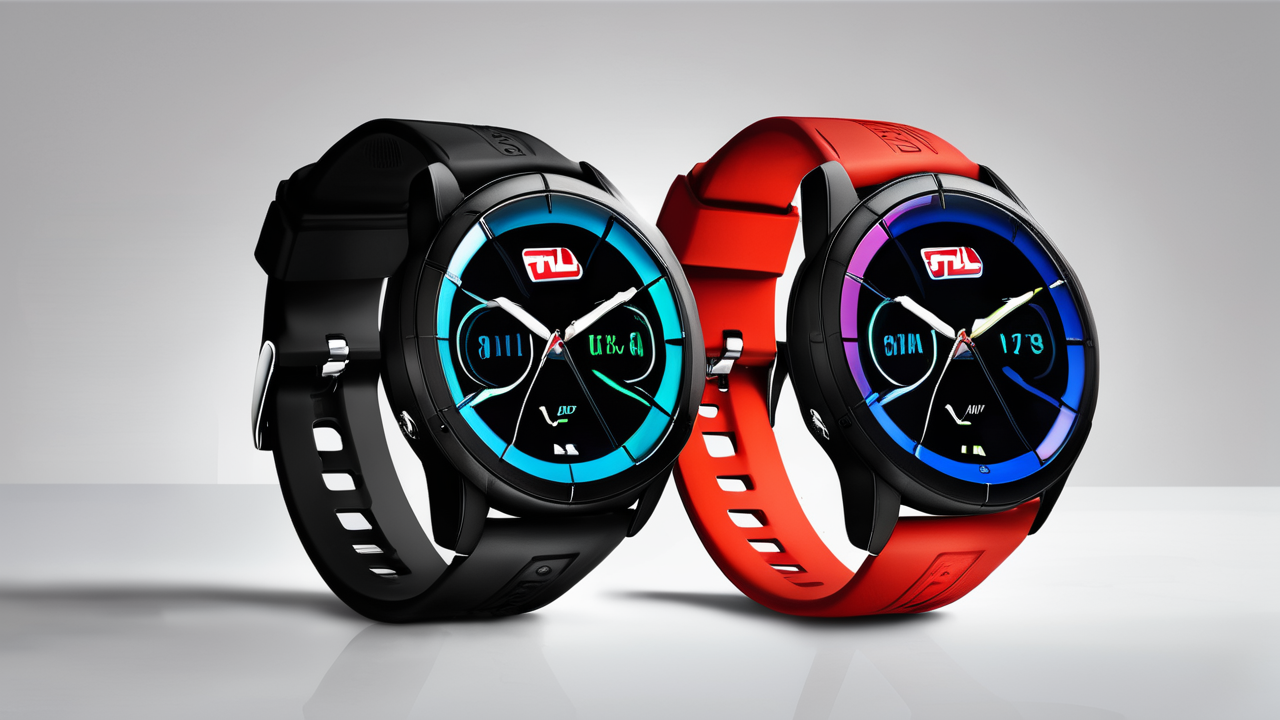The Evolution of Fitness Wearables: A Look into the Past and Future
The Origins of Fitness Wearables: Understanding the Shift in Consumer Behavior
Fitness wearables have come a long way since their early days. The shift in consumer behavior towards these devices started with simple pedometers. These basic step counters paved the way for more advanced tech. As people became more health-conscious, they wanted more data about their daily activities. This demand led to the development of smart fitness watches and other wearables. These devices could track not just steps, but also heart rate, sleep patterns, and more. The rise of smartphones also played a key role in this evolution. It allowed for easy syncing of data and more user-friendly interfaces.

Innovation and Technological Advancements in Fitness Wearables
The rapid pace of innovation has transformed fitness wearables. Early devices were bulky and had limited features. Today's wearables are sleek, powerful, and packed with sensors. Advanced technologies like GPS, accelerometers, and heart rate monitors are now standard. Many devices can track a wide range of activities, from running to swimming. Some even measure stress levels and blood oxygen saturation. The integration of AI and machine learning has made these devices smarter. They can now provide personalized insights and recommendations. Battery life has also improved, allowing for longer use between charges.
Projecting the Future: Where Is Fitness Wearable Technology Heading?
The future of fitness wearables looks promising and exciting. We can expect even more advanced sensors and features. Devices may soon be able to measure blood glucose levels non-invasively. This could be a game-changer for diabetics. Some companies are working on wearables that can detect early signs of illness. We might see more integration with smart home devices and virtual assistants. Augmented reality could enhance workout experiences. Wearable clothing with built-in sensors may become more common. As technology advances, these devices will likely become even more accurate and reliable. The focus will be on providing actionable insights rather than just raw data.
Understanding the Health Benefits of Wearable Fitness Devices
Analyzing the Impact of Wearables on Fitness and Wellness
Wearable fitness devices have had a significant impact on how people approach their health. These gadgets provide real-time feedback on physical activity and other health metrics. This immediate data encourages users to be more active and mindful of their health. Many users report increased motivation to exercise regularly. The ability to set and track goals helps people stay accountable. Social features allow users to compete with friends, adding a fun element to fitness. Some studies have shown that consistent use of fitness wearables can lead to improved health outcomes. However, it's important to note that the device alone isn't enough. Users must act on the data to see real benefits.

Quantitative Health Improvements: Metrics that Matter
Fitness wearables track a variety of health metrics. Some of the most important include:
- Steps taken
- Calories burned
- Heart rate
- Sleep duration and quality
- Stress levels
- Blood oxygen levels
These metrics provide valuable insights into overall health. Step count can indicate overall activity level. Heart rate data can show cardiovascular health and fitness improvements. Sleep tracking helps users understand their sleep patterns and quality. This can lead to better sleep habits and improved overall health. Stress level monitoring can help users manage their mental health better. By tracking these metrics over time, users can see trends and make informed decisions about their health.
The Role of Wearable Fitness Devices in Personalized Medicine
Wearable fitness devices are playing an increasing role in personalized medicine. These devices collect vast amounts of health data. When combined with other medical information, this data can provide a more complete health picture. Doctors can use this data to make more informed decisions about patient care. For example, a device that tracks heart rate variability might detect early signs of heart problems. This could lead to earlier intervention and better outcomes. Some wearables can even detect irregular heart rhythms, potentially saving lives. As these devices become more advanced, their role in healthcare is likely to grow. They may help in early detection of diseases and in monitoring chronic conditions.
The Business of Fitness Wearables: Market Trends and Consumer Choices in the United States
Market Analysis: Popularity and Adoption Rates in the U.S.
The fitness wearable market in the U.S. has seen significant growth in recent years. According to recent studies, about one in five Americans owns a fitness tracker or smartwatch. The adoption rate is particularly high among younger adults and fitness enthusiasts. Major players in this market include companies like Fitbit, Apple, and Garmin. The COVID-19 pandemic has further boosted the popularity of these devices. Many people turned to fitness wearables to monitor their health during lockdowns. The market is expected to continue growing in the coming years. Factors driving this growth include increasing health awareness and technological advancements.

Consumer Preferences and Behaviors: What Drives Purchase Decisions?
Several factors influence consumer decisions when buying fitness wearables:
- Accuracy of data
- Battery life
- Design and comfort
- Brand reputation
- Price
- Features offered
- Compatibility with smartphones
Consumers often prioritize devices that are easy to use and provide reliable data. Many look for wearables that can track multiple activities and health metrics. Water resistance is important for those who swim or want to wear the device all day. Some users prefer devices with a more discreet look, while others like a sporty design. Brand loyalty plays a role, with many consumers sticking to brands they trust. Price is also a significant factor, with options available at various price points.
Regulatory Landscape: How Policy Influences the Fitness Wearable Market
The regulatory landscape for fitness wearables is evolving. As these devices collect sensitive health data, privacy concerns have come to the forefront. The FDA has guidelines for mobile medical applications, which may apply to some wearables. Devices that make medical claims are subject to stricter regulations. This impacts how companies market their products and what features they can offer. Data security is another important aspect. Companies must ensure they protect user data from breaches. Some states have implemented their own data privacy laws. These regulations aim to protect consumers but can also impact innovation in the industry. As wearables become more advanced, we may see more specific regulations emerge.




Leave a comment
This site is protected by hCaptcha and the hCaptcha Privacy Policy and Terms of Service apply.